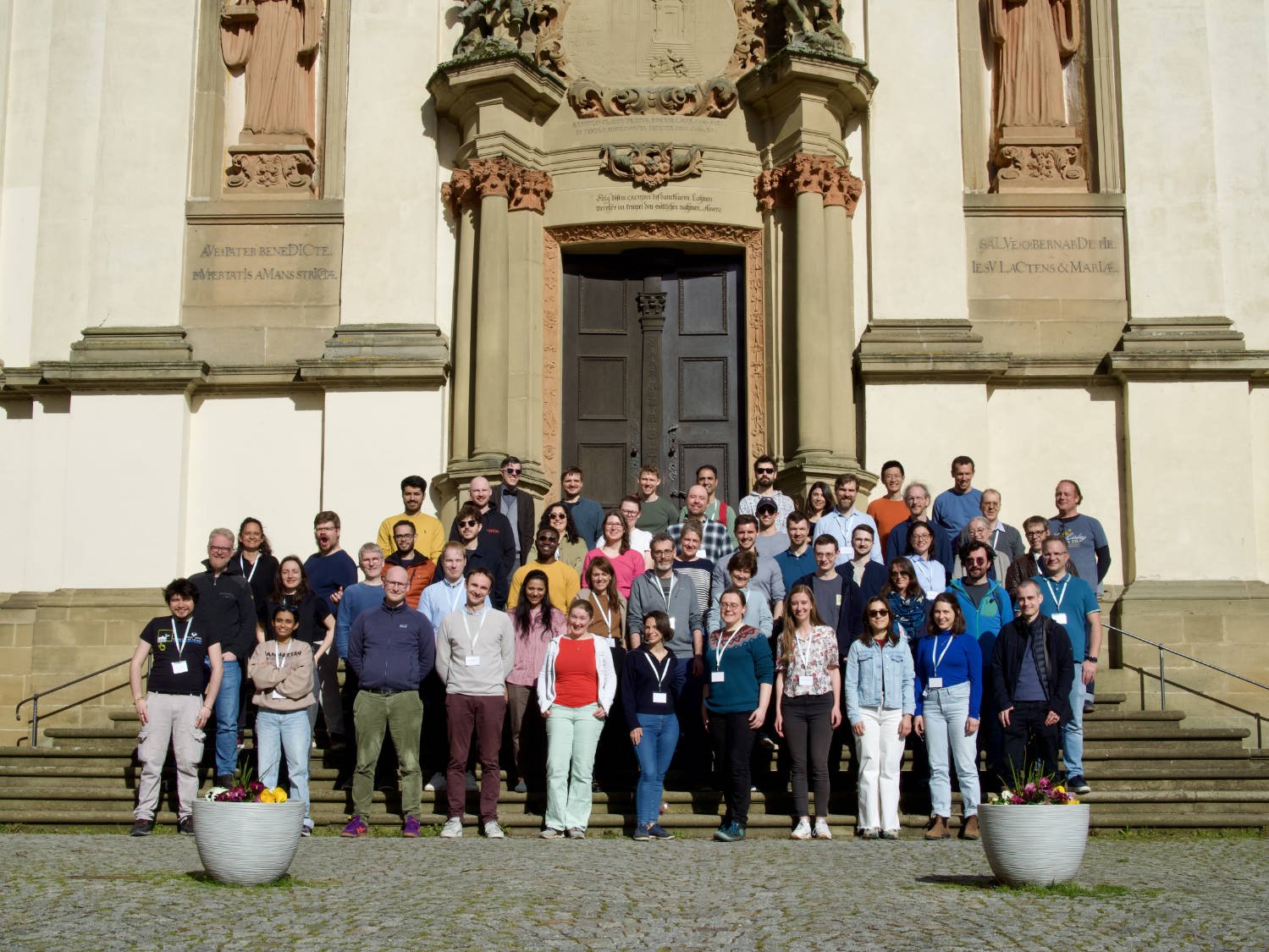GHGA launches second funding phase
- 01 Oct 2025
- Ulrike Träger
With the official start of GHGA’s second funding phase in October 2025, the consortium begins a new chapter within the National Research Data Infrastructure (NFDI). Following a successful evaluation in 2023, a positive proposal defense in 2024, and the continuation decision by the Joint Science Conference (GWK) in July 2025, GHGA is well positioned to build on its achievements from the first phase.
Over the past five years, GHGA has established key building blocks of a national infrastructure for human omics data. Highlights include:
- Launched core services in particular the GHGA Archive – Germany’s first national data portal for access-controlled human omics data.
- Developed standards and workflows for omics metadata and data sharing, providing researchers with interoperable tools.
- Created an integrated legal and ethical framework for secure and responsible secondary use of sensitive data.
- Connected Germany to international initiatives as the national node of the federated European Genome-Phenome Archive (fEGA) and member of GA4GH, while contributing to developments such as the European Genomic Data Infrastructure and 1+ Million Genomes initiative.
- Shaped national strategy by supporting genome medicine initiatives such as the genomDE Model Project and NAKO and integrating into the NFDI.
- Community engagement: training formats for researchers, outreach events, and engagement with patients and the public.
Building on this foundation, GHGA’s second funding phase will increase the amount of available data, streamline the data deposition/request processes for all submitters, and enable broad community use of the available data.
The consortium is welcoming new institutions and researchers, strengthening both its technical and scientific expertise. In the next funding phase, GHGA will advance the development of its Data Portal and set up secure processing environments to open new opportunities for secondary use of omics data. Training and outreach activities have been merged into a single workstream to create synergies and expand support for the scientific community.
At the same time, GHGA will work closely with national data providers to grow the archive, pilot new services in driver projects with core user groups, such as the German National Cohort (NAKO) and the European Rare Diseases Research Alliance (ERDERA), and explore long-term sustainability models to ensure GHGA’s role as a permanent research infrastructure.
With these steps, GHGA is transitioning from building infrastructure to enabling its use at scale.
The consortium thanks all members, partners, and supporters for their contributions so far and looks forward to continuing this shared journey in GHGA’s second phase.






